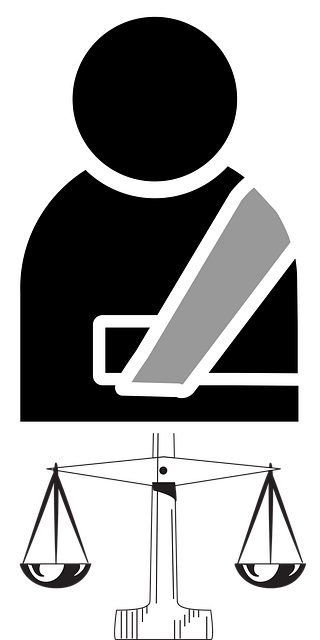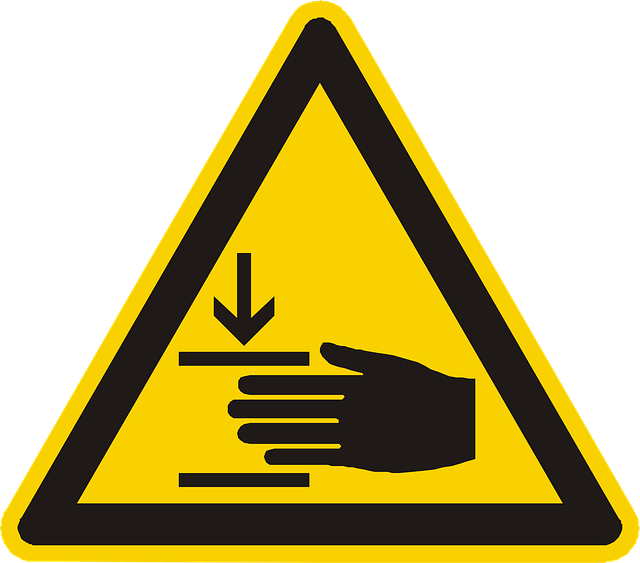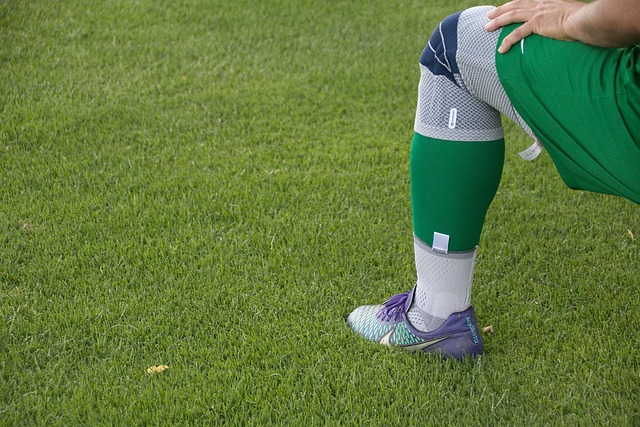Personal injury law is a critical legal field that protects victims of accidents, negligence, and intentional harm. It covers various incidents, from car crashes and slips/falls to medical malpractice and product liability, aiming to deliver justice and compensation. Key case types include car accidents, slip-and-fall injuries, medical malpractice, and product defects. This law establishes liability, determining responsible parties and their level of fault, which directly impacts compensation for medical costs, lost wages, pain & suffering, and more. Understanding personal injury law empowers victims to navigate claims, seek fair damages, and restore their lives post-injury with accountability ensured.
“Dive into the world of personal injury law, where understanding your rights is crucial. This comprehensive guide explores the intricate aspects of this legal domain. From defining key terms like ‘personal injury’ and ‘liability’ to delving into common cases and their legalities, we offer an in-depth overview. Learn about the compensation process and navigating claims, ensuring you’re equipped with knowledge. Discover how to transform your understanding into actionable steps if you’ve been injured—a vital first step towards justice.”
- Understanding Personal Injury Law: A Comprehensive Overview
- Common Types of Personal Injury Cases and Their Legal Implications
- The Role of Liability and Compensation in Personal Injury Lawsuits
- Navigating the Process: From Filing a Claim to Receiving Damages
Understanding Personal Injury Law: A Comprehensive Overview

Personal injury law is a complex field that encompasses various legal aspects relating to accidents, injuries, and their consequences. It provides a framework for individuals who have suffered harm due to someone else’s negligence or intentional actions. Understanding this law is crucial as it ensures justice and compensation for victims while holding accountable those responsible.
This area of law covers a wide range of incidents, including car accidents, slips and falls, medical malpractice, product liability, and more. The primary goal is to offer remedies and support to individuals who have endured physical, emotional, or financial distress due to another party’s misconduct. By understanding their rights under personal injury law, victims can navigate the legal system, seek appropriate damages, and achieve a sense of resolution following an unforeseen event that has significantly impacted their lives.
Common Types of Personal Injury Cases and Their Legal Implications

In the realm of personal injury law, several common types of cases emerge, each with distinct legal implications. Car accidents top the list, often involving negligence claims where victims seek compensation for injuries sustained in collisions caused by reckless or distracted drivers. Additionally, slip and fall incidents are prevalent, particularly in public places, leading to lawsuits that determine liability for unsafe conditions.
Medical malpractice is another significant area under personal injury law. It encompasses situations where patients suffer harm due to the negligence of healthcare professionals. These cases can range from misdiagnosis to surgical errors, highlighting the importance of adhering to established medical standards. Furthermore, product liability claims arise when individuals are injured by defective products, driving manufacturers and retailers to ensure product safety.
The Role of Liability and Compensation in Personal Injury Lawsuits

In personal injury lawsuits, understanding liability and compensation is paramount. Personal injury law focuses on holding negligent parties accountable for their actions, ensuring victims receive fair and just reimbursement for any harm or loss incurred. Liability establishes fault, determining who is responsible for the injuries sustained by the plaintiff. This could involve individuals, businesses, or organizations that demonstrated negligence, recklessness, or intentional misconduct. The degree of liability directly impacts the compensation awarded to the victim, which encompasses various elements like medical expenses, lost wages, pain and suffering, and in some cases, punitive damages.
Compensation aims to restore the plaintiff to their pre-injury state as much as possible, recognizing that no amount of money can completely undo physical or emotional harm. Personal injury law offers a legal framework to seek redress and ensure accountability. When navigating these cases, it’s crucial to consider both liability and compensation to achieve a fair outcome for all parties involved.
Navigating the Process: From Filing a Claim to Receiving Damages

Navigating the process of pursuing a personal injury claim can seem daunting, but understanding the steps involved is essential for anyone considering legal action. The initial phase includes filing a claim with the appropriate court, where a detailed account of the incident and resulting injuries is presented. This documentation sets the foundation for the case, outlining the grounds for compensation. Once filed, both parties exchange information, leading to negotiations or litigation.
The goal throughout this process is to secure damages that cover medical expenses, pain and suffering, and any other relevant losses. Personal injury law provides a framework for individuals to seek justice and fair compensation after an accident or harm. Effective legal representation guides clients through these complex procedures, ensuring their rights are protected and they receive the damages they deserve.
Personal injury law plays a pivotal role in ensuring justice and fair compensation for individuals harmed due to someone else’s negligence or intentional acts. By understanding the intricacies of this legal field, from recognizing common case types to navigating the claims process, victims can empower themselves to seek the redress they deserve. Whether it’s through settlement or trial, a comprehensive grasp of personal injury law is indispensable in achieving a favorable outcome and receiving the damages needed for healing and recovery.
